Goldstrum Black-Eyed Susan
$34.50 Original price was: $34.50.$24.15Current price is: $24.15.
- Free Shipping over $25
- Fast & reliable delivery options
- Enjoy top quality items for less
- Multiple safe payment methods

I still remember the first time I grew the Goldsturm Black-eyed Susan. I have grown a lot of perennials, but I can’t recall seeing one that took hold so fast, established itself so quickly, and yet persisted for years, as I eventually saw. Within a couple of seasons it formed a great mat of dark-green leaves, blocking out weeds, and then, having completely ignored it since spring, it suddenly burst into bloom, forming a feature that showed right across my (large) garden, and stayed that way right into the cold days of fall. Wow, I was really impressed, and my regard for this plant has never diminished. It’s hard to believe it has been around since the 1930s, and yet it is still going strong. Selected by the hand of the great German master of perennials, Karl Foerster, it’s no surprise how good it is – Foerster had the golden touch when it came to finding superb perennials that have stood the biggest test for any plant – time. So don’t hesitate, this is definitely the variety of Black-eyed Susan everyone should have – plus of course some of the exciting newer ones – and plant it today – you too will be amazed.
Growing Goldsturm Black-eyed Susan
Size and Appearance
The Goldsturm Black-eyed Susan is a reliable and tough perennial plant that establishes quickly, forming a dense clump of roots and stems. Its spread is compact, and it isn’t noticeably invasive the way the wild plant can be. Yet it very soon makes a dense clump or a continuous ribbon, producing in spring a mat of long oval leaves. These are hairy and slightly rough to touch, and a dark, khaki-green color. Depending on your location flowering can start quite early, by mid-summer, although in colder zones it is likely to be August before you see blooms. It continues well into the fall, often only being stopped by a hard frost. The flower stems rise around 2 feet into the air, sometimes even taller, and a clump a foot or two across develops within a couple of seasons. The flowers stems branch repeatedly, ending in a long-lasting flower about 2 inches across. The narrow petals surround the shiny black center of the flower, and are colored a rich golden-yellow. Flowers last a long time, and more are produced continuously, making this one of the most long-blooming perennials you can grow. The flowers are attractive to different kinds of butterflies, and finches of all kinds love to pick the seeds out of the dead flower heads.
Using Goldsturm Black-eyed Susan in Your Garden
The Goldsturm Black-eyed Susan is a superb plant for adding summer color to your garden. Grow it in clumps or drifts, with other perennials or in shrub beds. It’s especially good planted around the edge of large beds, perhaps with shrubs and spring plants behind it. It looks wonderful in bloom that way, or along a path or driveway. Space plants about 15 inches apart for continuous edging and drifts. Use it at the base of walls or fences. Plant it on rocky slopes and banks, around woodland, or make a natural meadow with grasses and other prairie plants.
Hardiness
This plant is incredibly hardy, growing well even in zone 3 and thriving all the way into zone 8.
Sun Exposure and Soil Conditions
For maximum flowering, grow the Goldsturm Black-eyed Susan in full sun, although it will still perform well with a few hours of shade each day – not too much, though. It thrives in any well-drained soil, including poor, drier soils; rocky soils and both natural and man-made rock gardens; in urban soils and difficult locations, and everywhere that isn’t wet. Water new plants regularly, and once established it is very drought-resistant, still performing well. It will of course do a little better with a bit more care, but it’s amazing how well it thrives on neglect.
Maintenance and Pruning
The only job is to cut down the stems in late fall or early spring. Many gardeners like to leave it until spring, so that birds can eat the seeds in winter. Clumps last well for years, but you can divide it after a few years of growth, if you want to spread it around – and who wouldn’t?
History and Origin of Goldsturm Black-eyed Susan
The Black-eyed Susan, Rudbeckia fulgida, is also called orange coneflower, and is a native plant, found throughout most of the eastern parts of the continent. It occurs in several botanical varieties, with minor differences between them. Sullivant’s coneflower, Rudbeckia fulgida var. sullivantii, is an uncommon form, found in scattered locations in the north-east. Back at the early part of last century, some seeds of this plant found their way to the Botanical Garden of the University of Graz, in Austria, perhaps from an American botanic garden. Some seed was passed on to the garden of the Schütz family in Germany, owners of a piano-making business called Gebrüder Schütz (the Schutz Brothers). In 1937 Heinrich Hagemann was visiting this garden and saw this then-new plant. He brought plants back to his employer, Karl Foerster, who had a nursery famous for perennials, in Potsdam, Germany, where Heinrich was the head gardener. When the flowers appeared the next summer, Foerster was amazed by the ‘golden storm’ created, and named it ‘Goldsturm’. The rest is history.
Buying Goldsturm Black-eyed Susan at the Tree Center
Goldsturm Black-eyed Susan is undoubtedly the most popular of all perennial plants, loved by everyone. No garden is complete without a drift or two, so complete yours and grow this fabulous plant – it is just so easy. Order now, as demand is always high.
Be the first to review “Goldstrum Black-Eyed Susan” Cancel reply
Related products
Liriope
Perennials
Catmint
Perennials
Perennials
Liriope
Catmint
Perennials

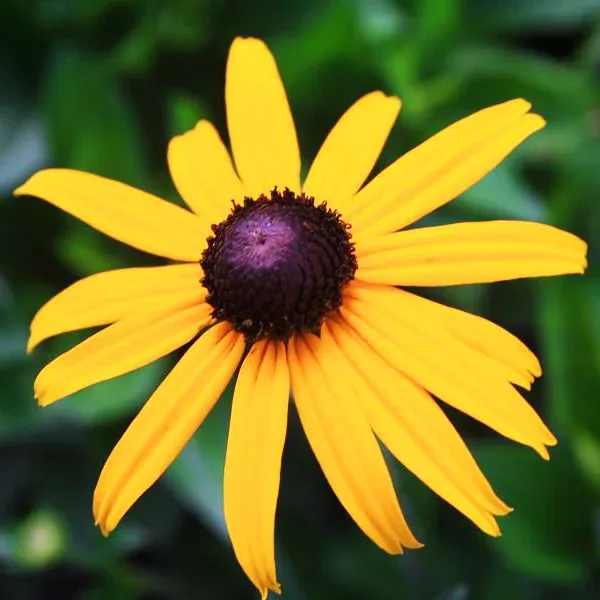
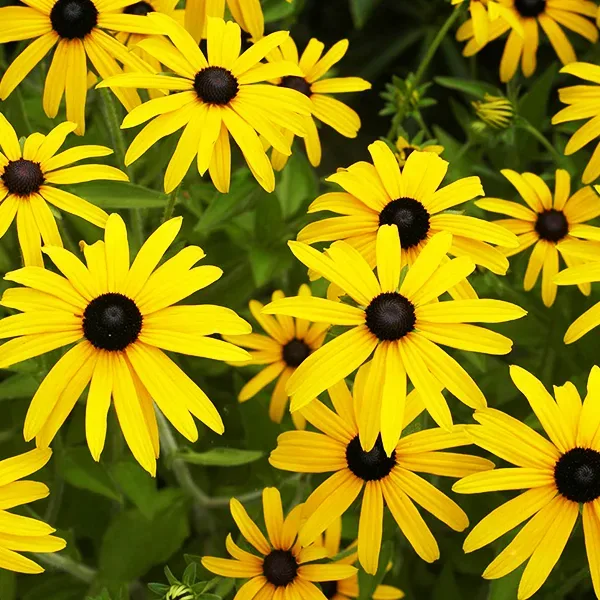
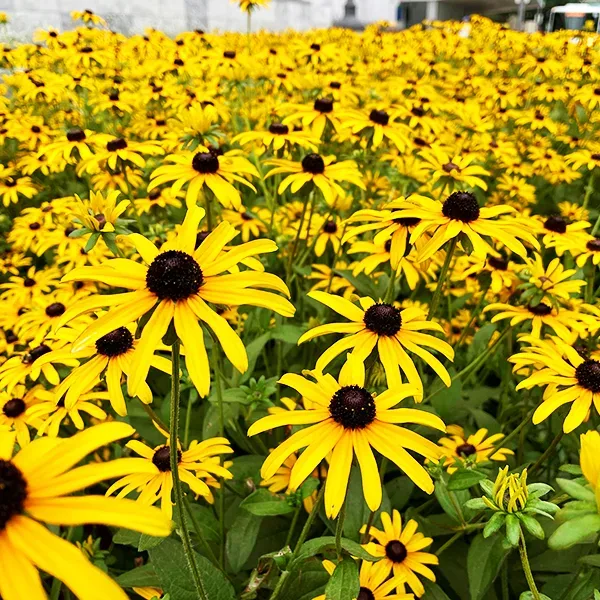
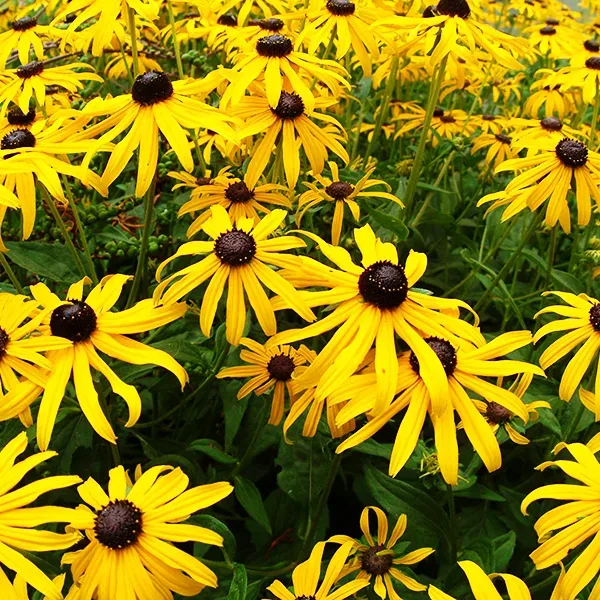
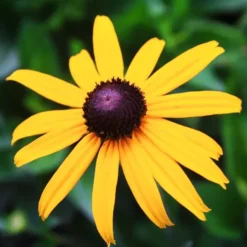
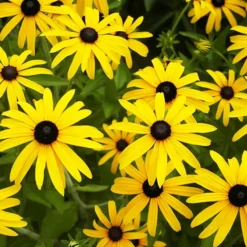
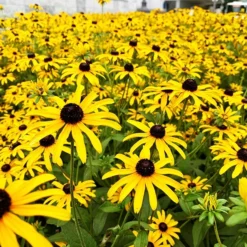




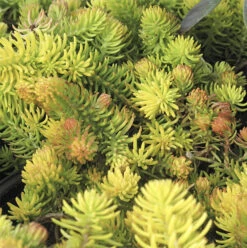
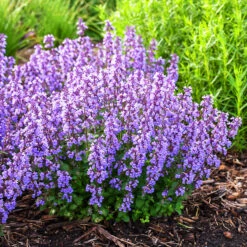
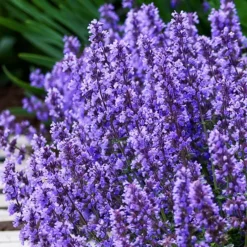
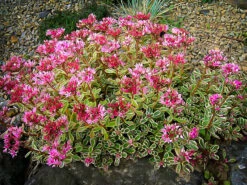
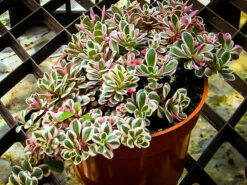
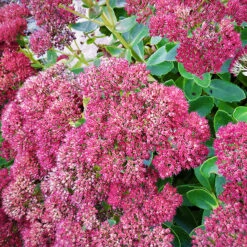
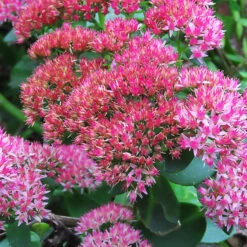
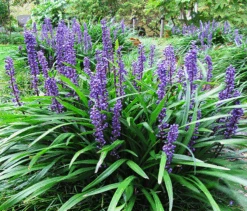
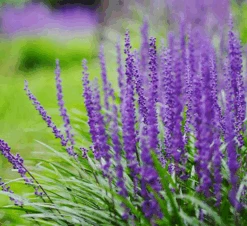
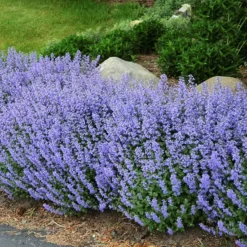

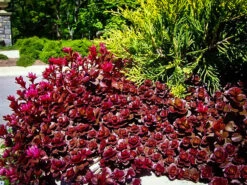
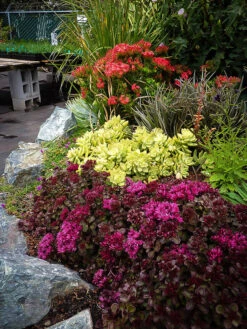
Reviews
There are no reviews yet.